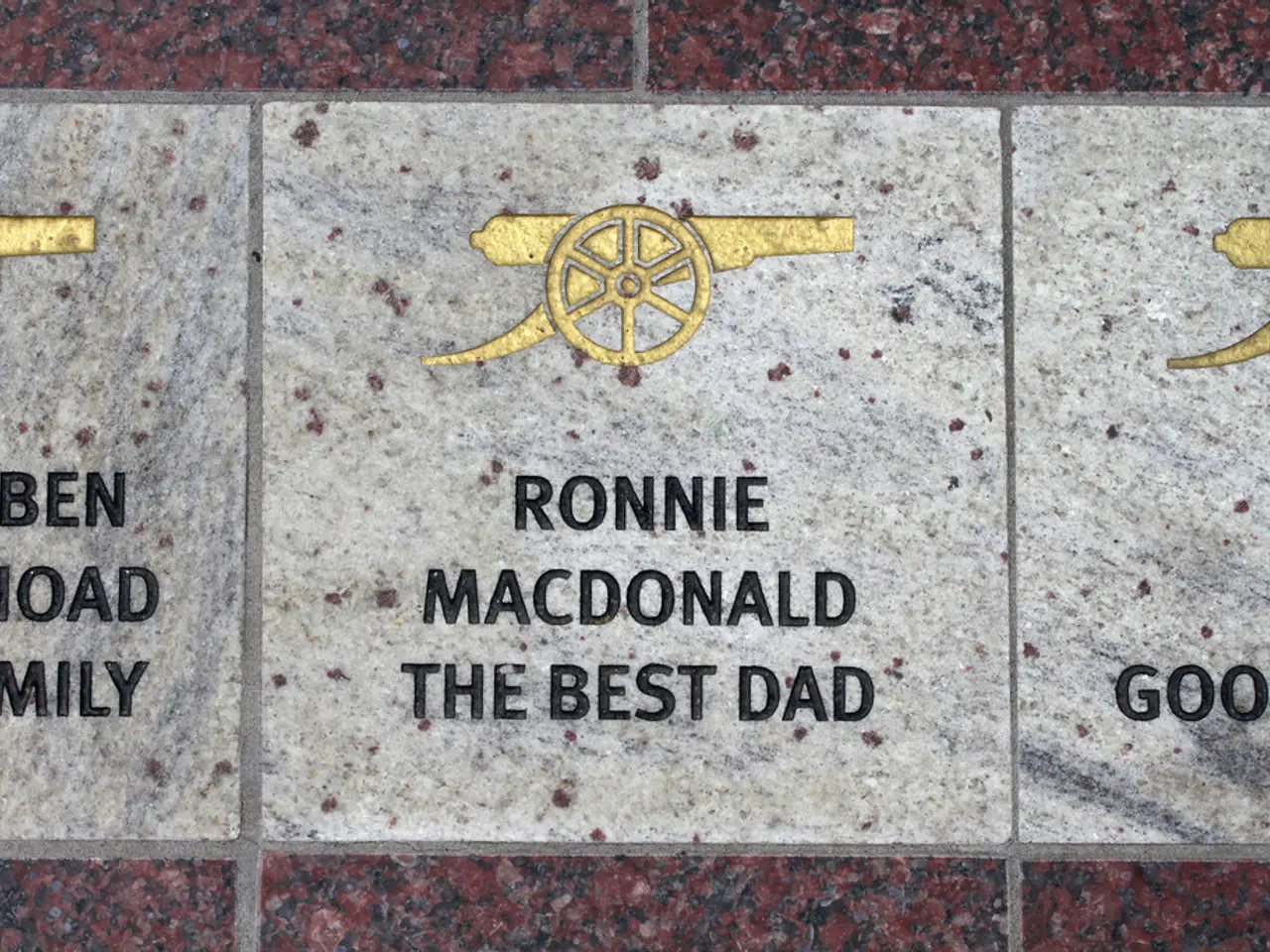Analyzing Historical Primary Sources: Understanding Provenance, Context, and Verification
In the realm of historical research, understanding the past requires more than just reading about it. Primary sources, such as diaries, letters, government documents, newspapers, and artifacts, serve as direct connections to the past, offering invaluable insights that secondary analyses often lack.
The geographical location where a source was produced can significantly impact its perspective and what it depicts. Therefore, understanding the specific time (when) and place (where) the document was created can provide context around the societal and political circumstances surrounding its creation.
One of the best methods for analyzing primary sources is sourcing. This technique involves identifying who created the source, when, where, and why. By examining the who, what, when, where, and why of a document or artifact, researchers can identify the creator or author and understand their position, background, interests, and biases. This critical evaluation helps assess the credibility and intent behind the source.
Another essential technique is contextualization. This process places the source within the broader historical, social, political, and cultural context. By understanding the conditions and circumstances in which the source was produced, researchers can gain insight into its significance and limitations. Contextualization helps uncover underlying motivations behind the source's content and helps identify symbols, language, or references that would have been understood by contemporaries but might be obscure to modern readers.
Corroboration is particularly important because no single source can provide a complete or accurate picture on its own. Corroboration involves cross-checking information across multiple sources to establish its reliability and validity. By analyzing multiple sources, historians can validate facts, identify biases, and build a more nuanced and reliable narrative.
Together, these methods contribute to a deeper understanding by moving beyond just taking primary sources at face value. They ensure historians critically assess the origins and reliability of information, understand the environment shaping the source, and verify information through multiple sources. This rigorous approach uncovers complexities and multiple perspectives in historical events, allowing for a more comprehensive and trustworthy reconstruction of the past.
This approach is fundamental to modern historical research methods pioneered by scholars like Leopold von Ranke, who emphasized placing archival source material at the core of historical study. By mastering the skills of sourcing, contextualization, and corroboration, historians can transform raw primary materials into meaningful historical knowledge, providing a window into the past that enriches our understanding of the present.
Read also:
- victory for Central Java communities in landmark lawsuit against textile conglomerate over pollution issues
- Tale of Suicide of Investigative Reporter Gary Webb, Known for Unveiling CIA Involvement in Drug Trade
- Americans opt for a blend of freedom and death in their decision-making process
- Chocolate may play a significant role in combat against flu during the winter season.




